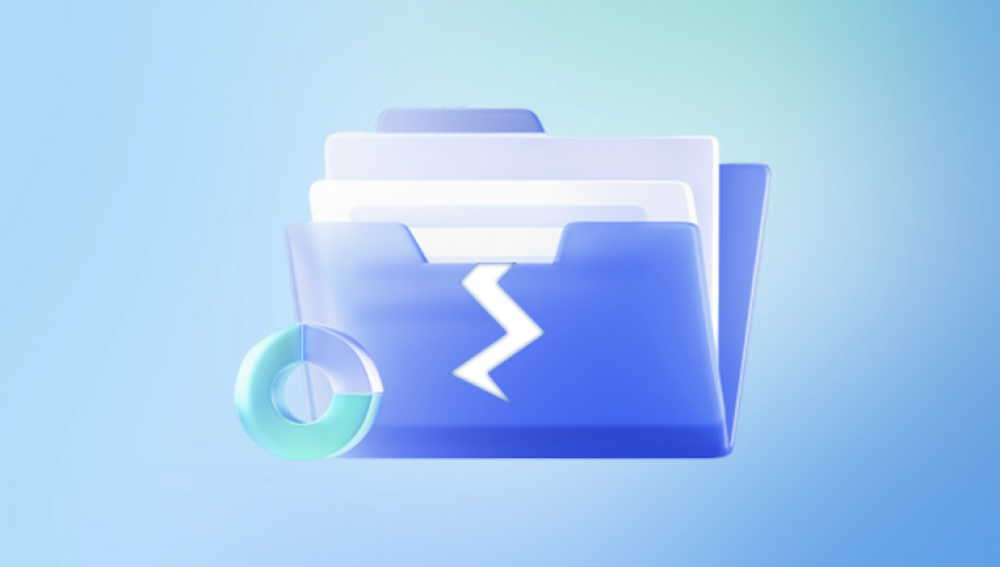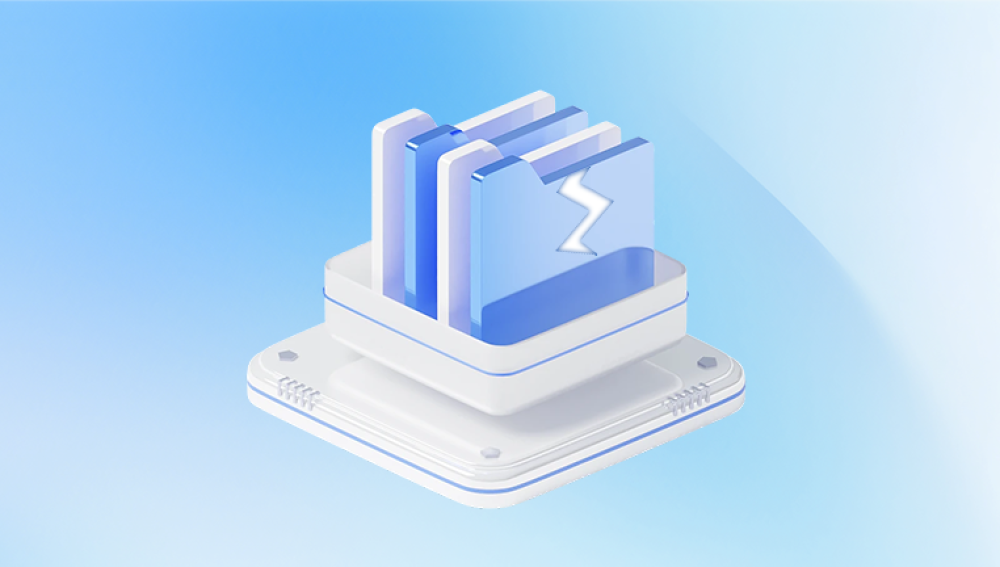From managing complex financial reports to organizing personal budgets, Excel files are deeply embedded in our daily productivity routines. But imagine working tirelessly on a detailed spreadsheet only to find that it won’t open the file is corrupted. Your data is locked behind an error message, and panic sets in.
The XLSX format, introduced in Excel 2007. is based on the Open XML standard. These files are essentially compressed ZIP archives containing various XML files that define workbook data, styles, shared strings, and more. This structure is efficient but also prone to corruption. A single flaw in any of the XML components can render the entire file unreadable.

XLSX files may become corrupted for a variety of reasons:
Abrupt system shutdowns while a file is open or being saved.
Virus or malware attacks that target files and folders.
Bad sectors on the hard drive where the file is stored.
Software crashes caused by add-ins or incompatible versions.
Improper file transfer methods, especially over unreliable networks.
Exceeding Excel’s row, column, or formula limits.
Corruption may manifest as error messages like “Excel cannot open the file because the file format or extension is not valid,” or “The file is corrupt and cannot be opened.” In some cases, Excel opens the file, but data is missing, unreadable, or misaligned.
The good news is, these errors are not always fatal. With the right XLSX file repair tool, you can recover your valuable data and even restore the original formatting.
The Role of XLSX File Repair Tools
An XLSX file repair tool is specialized software designed to analyze corrupted Excel files, identify errors within the internal XML components, and reconstruct a working version of the file. These tools delve deep into the document's structure, attempting to extract all readable data and rebuild the damaged parts.
These tools are typically capable of:
Repairing multiple sheets in a single workbook.
Recovering charts, formulas, cell formatting, merged cells, and filters.
Extracting and preserving embedded images or objects.
Fixing issues related to rows, columns, and defined ranges.
Supporting batch repair for multiple files.
Generating detailed reports about the repair process.
Whether you're a business user with critical financial models or a student managing data for a project, XLSX file repair tools provide an invaluable safety net.
Built-in Microsoft Excel Recovery Options
Before turning to third-party tools, it's wise to try Excel’s built-in repair features. Microsoft has integrated basic recovery options to help users address minor file issues.
1. Open and Repair:
This method is found within the File > Open dialog. Select the corrupted file, then click the drop-down arrow next to “Open” and choose “Open and Repair.”
You’re presented with two choices:
Repair attempts to fix as much of the file as possible.
Extract Data focuses on recovering formulas and values if repair fails.
While effective for minor issues, this feature may fall short when the damage is extensive or involves complex formatting and macros.
2. Recover Unsaved Workbooks:
If Excel crashes before a file is saved, you can recover unsaved files via File > Info > Manage Workbook > Recover Unsaved Workbooks.
3. AutoRecover and Temporary Files:
Excel periodically saves AutoRecover versions. These can often be found in hidden directories, typically under:
C:\Users\[YourName]\AppData\Roaming\Microsoft\Excel\
While these native features offer hope, they do not match the depth and accuracy of professional XLSX file repair tools.
Choosing the Right XLSX File Repair Tool
Selecting the right tool involves balancing factors like effectiveness, ease of use, compatibility, and cost. Here’s what you should look for:
1. Compatibility:
Ensure the tool supports your version of Excel (from 2007 through the latest release). It should also work on your operating system — Windows or macOS.
2. Deep File Analysis:
The tool should perform in-depth analysis and scanning of the corrupted file, not just surface-level checks.
3. Preview Feature:
A preview of recoverable data before actual repair helps verify what can be saved.
4. Multiple Recovery Options:
Look for tools that offer recovery of formulas, charts, comments, filters, and more.
5. Batch Repair:
This feature is crucial for professionals dealing with multiple damaged files simultaneously.
6. User Interface:
A clear, intuitive interface is essential, especially for non-technical users.
7. Customer Support:
Responsive customer support and detailed documentation can make the recovery process smoother.
Popular XLSX File Repair Tools
Here are some of the most reputable tools widely used for repairing corrupted Excel files:
Stellar Repair for Excel
One of the most widely recognized names in data recovery. Stellar offers a dedicated Excel repair tool that recovers all file components including tables, charts, formulas, and cell formatting. It allows preview before saving and supports Excel versions from 2000 onward.
Kernel for Excel Repair
This software excels at repairing files that display unusual behavior or outright fail to open. It supports batch repair and allows previewing content post-recovery.
Recovery Toolbox for Excel
A budget-friendly option, this tool is easy to use and works well for light to moderate corruption cases. However, it may struggle with severely corrupted files or complex workbooks.
SysTools Excel Recovery
It recovers data including rows, columns, formulas, and formatting. The tool supports both .XLS and .XLSX formats and is suitable for professionals and IT admins alike.
ExcelFIX
Another reliable option, ExcelFIX supports multi-sheet repair and complex formula recovery. Its interface is dated, but functionality remains strong.
Step-by-Step: How to Repair an XLSX File
Using a professional repair tool is typically straightforward. Here’s a general process you might follow:
Download and install the tool of your choice.
Launch the program and select the damaged XLSX file.
Scan the file using the tool’s built-in analyzer.
Preview recovered content — most tools show a spreadsheet-style window.
Choose the destination where the repaired file should be saved.
Click Save/Repair to restore the file in working condition.
In most cases, the tool will create a new file and preserve the original. Always review the recovered file carefully to ensure all data and formatting are intact.
Preventing XLSX File Corruption
While repair tools are powerful, preventing corruption in the first place is always preferable. Here are some best practices to protect your Excel files:
Save files frequently, especially during long editing sessions.
Avoid forced shutdowns while files are open.
Back up Excel files regularly using cloud services or external drives.
Disable unstable add-ins that may crash Excel.
Use stable hardware and reliable storage devices.
Protect your system with antivirus software to prevent malicious file tampering.
Don’t exceed Excel’s limits in terms of formulas, rows, columns, and memory usage.
Implementing these precautions will drastically reduce the chances of future file corruption.
When to Seek Professional Help
If your file is critical such as a corporate budget, research data, or customer records and repair tools fail to deliver, it may be time to consult a professional data recovery service. These services often use advanced diagnostic and file reconstruction methods not available in consumer software.
Some companies offer remote repair assistance or secure upload portals where their engineers analyze and recover files manually. While more expensive, this option may be worth it for irreplaceable content.
XLSX file corruption can feel like a disaster, especially when important data appears lost. However, with a solid XLSX file repair tool in your digital toolbox, recovery is often within reach. Whether you opt for Excel’s built-in features or advanced third-party software, the goal is the same: to restore functionality, protect your data, and resume work without losing productivity.




